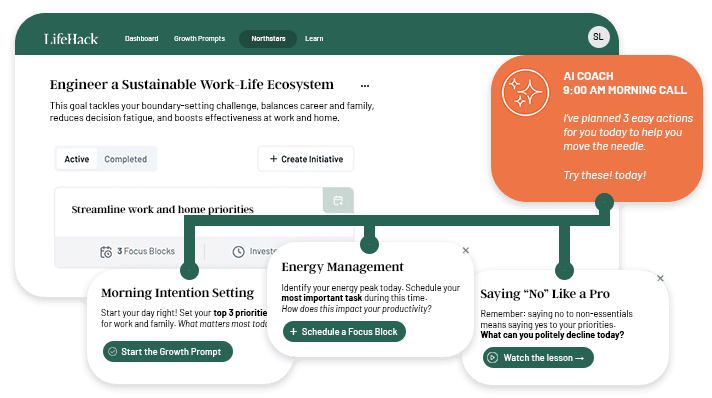A long-time standby in the productivity realm, a tickler file is a reminder system intended to act as an adjunct to your regular calendaring and scheduling system. Although there are several different kinds of tickler file, the most well-known (thanks largely to David Allen’s Getting Things Done and Merlin Mann’s 43 Folders) is the 43-folders system, with 31 numbered “day” folders and 12 labeled with the months of the year.
The idea is quite simple: anything you need reminded of on some future date goes into your tickler file. Every morning, that day’s folder is pulled out and the contents placed into your inbox, and whatever you placed there days, weeks, or months earlier is right at hand when you need it.
The 43-folder setup makes it possible – easy, even – to set reminders for up to a year in advance. Each numbered folders stands in for a day of the month. Behind them, all the folders labeled with the months are arrayed, with next month’s folder in front. So, since today is September 5th, you would see folder 5 at the front, followed by 6-31, then October through next September. When I empty today’s folder, I’ll place it at the back of the numbered folders, leaving “6” standing ready to be pulled out tomorrow.
At the end of the month, the October folder is opened and its contents placed into the appropriate numbered days, and the emptied folder is placed at the back of the months. This creates a rolling cycle of folders, presenting each morning the folder with that day’s contents in it.
What goes into the folders is up to you, but clearly anything dated is a good candidate: bills, invoices, dated material to send out, concert and show tickets, travel documents, and so on. Other items you know you’re going to need on a specific day can also be added, such as your passport on the day when you will be flying out of the country, or your checkbook for bill-paying day.
Recurring events you want to remind yourself of – like watering the plants every three days – can be written onto index cards. You empty your folder into your inbox, process the inbox, see the reminder, water the plants, and place the card into whatever the date will be three days later.
Some people use the tickler file as an “out” from their inbox. That is, if by the end of the day, they haven’t processed their inbox to empty, everything goes into tomorrow’s ticker. I’m not a huge proponent of this, but I suppose it does give them some psychological satisfaction to leave at the end of the day with an empty inbox.
The hardest part about using a tickler file is actually starting to use it. Getting into the habit of placing things into the tickler file, and then checking it every day to get them back out, can take a while. In fact, you may need to do what I did when I first started using a tickler file: set a reminder for your reminders! That is, I put a “check tickler file” task into Outlook and set it to recur every morning. Sure enough, every morning I forgot until the notification came up to remind me.
Eventually, though, using the tickler file becomes a habit. As you add more and more stuff into it, you’ll be more and more likely to check it, and as you check it more and more you’ll be more likely to put stuff into it. The two habits are mutually reinforcing, so after a while you reach a “critical mass” and the forgetfulness ceases to be a problem.
To get there, it really helps to keep your tickler file somewhere in plain sight (without being in the way). Desktop file boxes are perfect for this – generally under 12”/30cm deep, they don’t take up much space, they come in a variety of attractive (and, I admit, not-so-attractive) designs, and their open top means there’s not the slightest barrier to taking out today’s file.
Used consistently, a tickler file can become an important part of your “outboard brain”, popping stuff up for you when you need it, and keeping it out of the way when you don’t. In today’s all-high tech all the time world, it’s even a little reassuring: simple, decidedly low-tech, and effective.
Bonus tip: This is a tip I ran across here, and it’s so good I had to include it. The standard 43-folders setup gives you dates but not the names of days, which can be confusing. Use binder clips, labeled with the days of the week and clipped onto the top of the front 7 folders, to identify the days. As you remove each folder and move it to the back, place its clip on the folder after the last one with a binder clip. Brilliant!
Ready for a Goal Breakthrough? Unlock Your Personalized Strategy

Experience the power of a strategy tailored just for you.
Our personalized system provides:
- Custom-crafted action steps based on your unique situation
- Insights tailored to your specific challenges and strengths
- A personalized roadmap to turn your goals into reality
Tailored recommendations powered by smart analysis















































